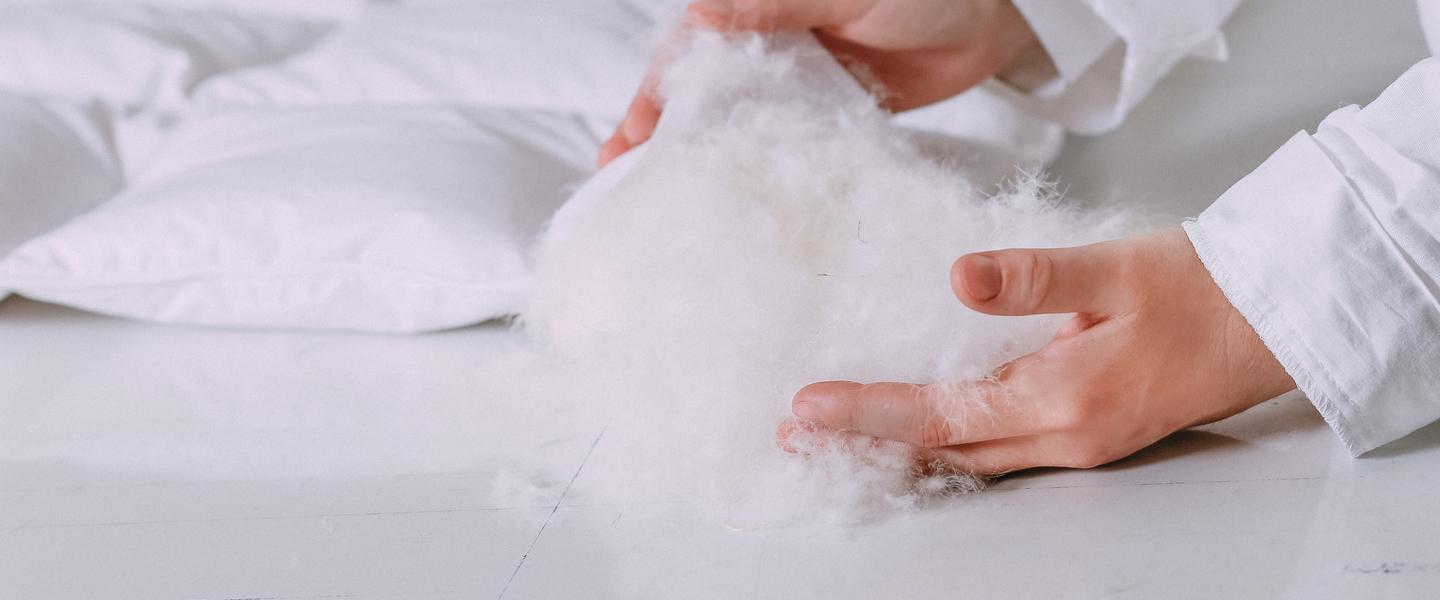Which Duvet Filling Should You Choose?
Picking a new duvet is tricky. You need to work out what you can afford, the size, the time of year, whether you have allergies and finally, the type of duvet filling you want to have. The filling can give you a warmer duvet or a cooler duvet, and it can help with night sweats and be naturally hypoallergenic all at the same time.
Choosing the right duvet filling is incredibly important, so we’re going to help you pick out the best possible filling for your own needs.
How to choose the best duvet filling
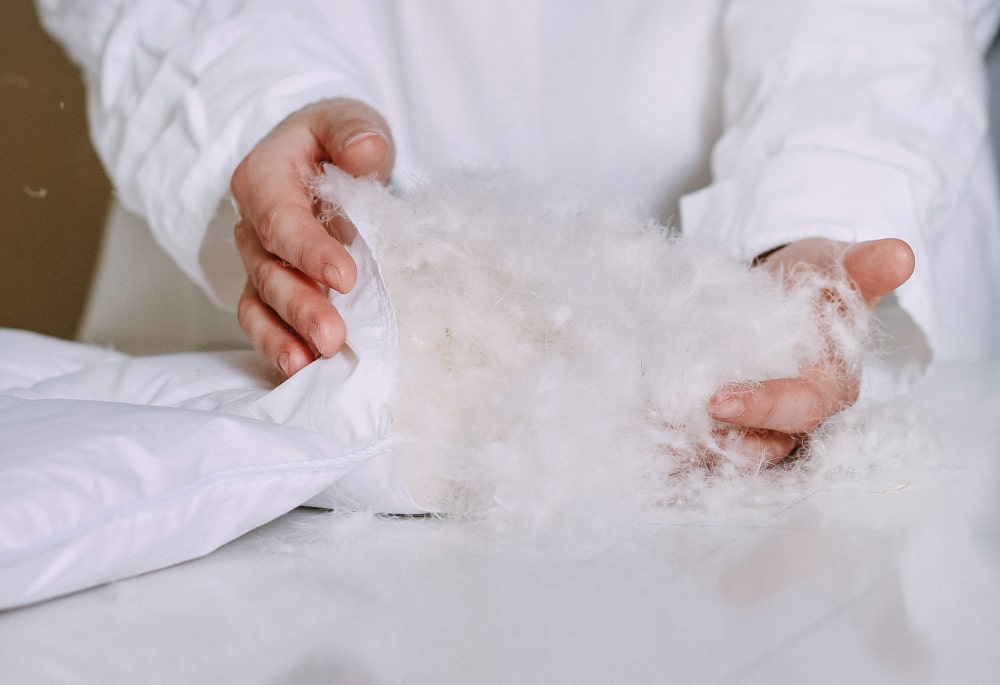
So, before you start making decisions, you need to understand the options. First, you need to know how warm the duvet is (the tog rating), how heavy it’ll be (the weight), how successfully it will fill the duvet (the fill power) and finally, the type of material you want.
Each decision may affect the other, and there’s probably no perfect one-size-fits-all answer for everyone. It comes down to personal preference and your sleep environment. So how do you choose the best of each?
Level of tog rating
The tog rating of a duvet is, simply, the level of thermal insulation provided by the duvet. Tog ratings are done on a numbers scale from around 2.5 up to 15. The higher the tog value, the warmer the duvet.
Essentially, if the number is lower, the duvet doesn’t keep the heat trapped so well, but it’s much less likely to leak heat out if the number is high. A higher tog rating does not necessarily mean a better duvet; you may want a low tog in many instances. For example, in warmer months you may want a summer duvet of around 4.5 tog. Even in winter, you may not want to go up as far as 15 tog if you live in a well-insulated home or are a hot sleeper.
For summer, go for a low tog, like 4.5. This is also something that hot sleepers who get night sweats may even want all year round. A 4.5 tog is one of the best duvets for night sweats as it has more breathability.
Shop 4.5 tog duvets.
For autumn and early spring, go for a medium tog, like 10.5. This means you’ll be able to trap just enough warmth that you’re cosy, but not so much that you’re too warm.
Shop 10.5 tog duvets.
For winter duvets, go for a higher tog, like 13.5. This is when you’re most likely to need something properly warm. Get a duvet that traps in the heat and keeps you nice and toasty on those cold winter nights.
If you want an all-season duvet, consider getting a mid-range tog like 7.5. Some all-season duvets even come with two duvets with different ratings, a light duvet for summer and a warmer one for autumn, which can be combined to make a high tog duvet in winter.
We’d usually advise not just to pick a duvet on its tog rating alone. It needs to form part of your overall decision.
Shop 13.5 tog duvets.
Fill power
This refers to how well the filling ‘fills’ the duvet. High quality down duvet tends to have a high fill power, meaning it requires less down to provide better insulation. In short, it’s the warmth-to-weight ratio. This is mainly used for natural filled duvets that use feathers or down and is either measured in grams per square meter (fgsm) or cubic inches per ounce (CUIN).
While it’s most commonly used for down duvets, the fill power can still be considered for synthetic duvets.
The type of material: synthetic or natural
In addition to the tog rating and the fill power, the main decision you’ll need to make is the type of filling. There are generally two ‘types’: synthetic fillings or natural fillings. Synthetic fillings tend to be made of hollowfibre and are often a little heavier. Many low-quality and cheap duvets use synthetic fillings, but a synthetic filling doesn’t instantly mean a bad or cheap duvet.
Natural fillings tend to be much lighter and use various feathers and downs to provide high-quality duvets. While down is often lighter, this isn’t always the case.
Choosing the best types of duvet fillings: what material is best?
With this in mind, you need to choose the best filling material for your own needs. Synthetic duvets tend to fall into ‘hollowfibre’ and ‘microfibre’ categories, while natural fillings are either ‘down’ or ‘feather’, but you may find some natural fillings use wool or silk too. In general, natural fillings are more breathable while offering excellent insulation. Still, they tend to be a little more expensive and, in some cases, may cause irritation for people with allergies.
So which should you choose? We’ll run you through the different types of duvet fillings.
Hollowfibre duvet filling
Hollowfibre allows the creation of lightweight duvets using synthetic material. It gets its name from the gaps (hollows) between the fibres. The fibres make up the filling, and they are excellent for trapping air or heat. Hollowfibre duvets are an excellent choice for people looking for a luxury duvet without the price tag of natural fillings.
Hollowfibre advantages:
- Easy care and machine washable
- Highly breathable for a synthetic fibre
- Great for allergy sufferers
- Great value
Hollowfibre disadvantages:
- Can be heavier
- Generally flatter, less lofty duvets
- Not as breathable as natural fillings
Shop hollowfibre duvets.
Feather duvet filling
A feather duvet uses, you guessed it, feathers. These feathers usually come from either geese or ducks. The feathers you’ll find in feather duvets are what you’d expect a feather to look like, but, in general, the feathers used are smaller soft ones from younger birds. You’ll find that the feather filling in a duvet still has spines, which means they can be a little heavier. Feathers are naturally breathable and an excellent choice for a high-quality duvet.
Feather duvet advantages:
- Highly breathable
- Excellent insulation
- Adds excellent bulk to the duvet
Feather duvet disadvantages:
- Can cause issues for allergy sufferers and can be prone to dust mites
- Feathers can be heavier
- Over time feathers may poke through the casing
Shop duck feather duvets and goose feather duvets.
Down duvet filling
While you may hear down mentioned in the same breath as feathers, it’s actually slightly different. Down is formed under the feathers of a bird and offer insulation. Down duvets use ‘down clusters’ as their filling. A down cluster provides a much softer filling than feathers as there are no quills, and the resulting duvets are also incredibly lightweight and very breathable. Again, you’ll find down duvets primarily use goose down and duck down.
Down duvet advantages:
- Incredibly lightweight
- Excellent insulation
- Wonderfully soft
- Very long-lasting
Down duvet disadvantages:
- Can be expensive for some
- May cause issues for someone with a dust mite allergy
- More effort needs to go into washing and drying it
Shop duck down duvets and goose down duvets.
Feather & down blend duvet filling
Feather and down duvets use a blend of both feathers and down clusters. This means you get the full plumpness of a feather duvet with the insulation and softness of a down duvet. They don’t tend to last quite as long as a full down duvet but are a more affordable option for many.
Feather & down blend advantages:
- Down duvets for lower prices
- Well insulated
- Breathable
Feather & down blend disadvantages:
- Still relatively expensive for many
- May cause issues for allergy sufferers
- Might not last as long as a full down duvet
Shop all feather duvets.
The best duvet filling for allergy sufferers
Many people suffer from allergies that make choosing a duvet awkward. If you’re allergic to some natural fillings, like feathers or wool, you’ll need to avoid these and will be better off grabbing a hollowfibre duvet.
However, if you’re not allergic to these fillings but do suffer from a dust mite allergy, you have a few options. In this instance, you can simply buy a duvet that’s machine washable, as dust mites can be killed by washing your duvet at 60°C or above. Alternatively, you can but duvets that have been treated to resist dust mites.
What's the difference between hypoallergenic and anti-allergy duvets?
If you’re looking for bedding but you’re worried about allergies, there are two terms you need to look out for. These are ‘hypoallergenic’ and ‘anti-allergy’. You’ll find both referenced often when you’re shopping for duvets, but what do they actually mean?
Hypoallergenic duvets
These are duvets made with a filling that’s not itself a known potential allergen. This means it won’t contain something like feathers or wool.
Anti-allergy
When the term ‘anti-allergy’ is used, it means that your duvet has been treated in a way that will fight allergens such as dust mites.
Duvet filling FAQs
What duvet filling do hotels use?
A high-end hotel often offers the most comfortable night’s sleep possible for many. If you want a good night’s sleep, you may find yourself hunting down the exact duvet they used. Well, we’re here to help. Most hotels use a down alternative to offer something akin to down that they can wash easily. Generally, a high-end hotel will use actual down filling.
Should I get a 10.5 or 13.5 tog duvet?
This entirely depends on your own situation. Both would be a perfect duvet for winter, but each could be a better option depending on how you sleep and your environment. For instance, if you are a hot sleeper, you may want the 10.5 tog duvet or even lower. But if you don’t need to worry about a high body temperature or have a particularly cold bedroom, you’d be better off with the 13.5 tog.
Sleepseeker has a wide and varied range of duvets to suit all sleepers at all budgets, from hollowfibre duvets, responsibly sourced feather duvets, to luxury duvets and much more. With our help, it's never been easier to choose a duvet.
What's trending now...
-
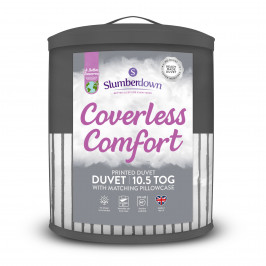
Slumberdown Printed Stripe Grey Coverless Duvet 10.5 Tog Double All Year Round Duvet With 2 Pillowcases
£35.00
Shop Now -

Slumberdown Paws For Slumber Sherpa Large Pet Bed, Charcoal
£32.50
Shop Now -

Slumberdown Paws for Slumber Extra Large Pet Bed Spare Cover, Navy
£20.00
Shop Now -

Slumberdown Sleep Soundly Anti Allergy Mattress Topper, King
£32.00
Shop Now -
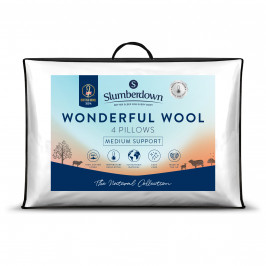
Slumberdown Wonderful Wool Medium Support Back Side Sleeper Pillow, 4 Pack
£85.00
Shop Now -
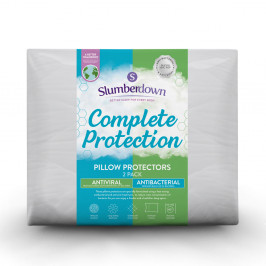
Slumberdown Complete Protection Antiviral Pillow Protector, 2 Pack
£14.00
Shop Now -

Slumberdown Printed Stripe Grey Coverless Duvet
From: £30.00
Shop Now -

Slumberdown Paws For Slumber Sherpa Pet Bed, Large
From: £32.50
Shop Now -
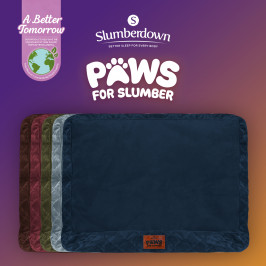
Slumberdown Paws for Slumber Extra Large Pet Bed Spare Cover
From: £20.00
Shop Now -
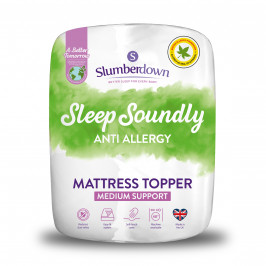
Slumberdown Sleep Soundly Anti Allergy Mattress Topper
From: £25.50
Shop Now -

Slumberdown Wonderful Wool Medium Support Pillow
From: £25.00
Shop Now -
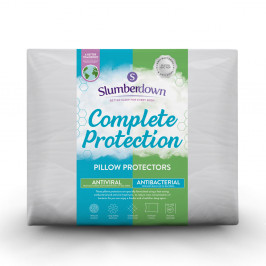
Slumberdown Complete Protection Antiviral Pillow Protector
From: £14.00
Shop Now -

Slumberdown Anti Allergy 4.5 Tog Single Summer Duvet
£17.00
Shop Now -
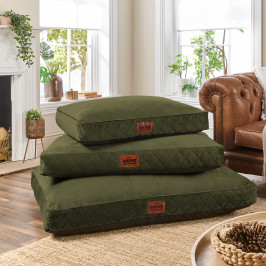
Slumberdown Paws for Slumber Olive Green Pet bed, Medium
£39.00
Shop Now -
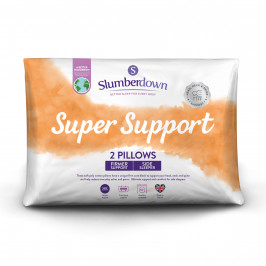
Slumberdown Super Support Firm Support Side Sleeper Pillow, 2 Pack
£17.00
Shop Now -

Slumberdown Anti Allergy Duvet
From: £17.00
Shop Now -
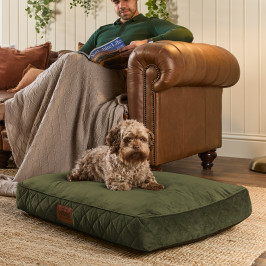
Slumberdown Paws for Slumber Medium Pet Bed
From: £39.00
Shop Now -
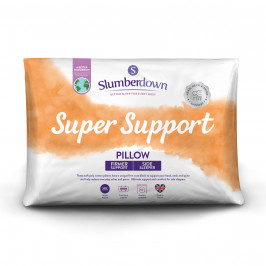
Slumberdown Super Support Firm Support Side Sleeper Pillow
From: £17.00
Shop Now -
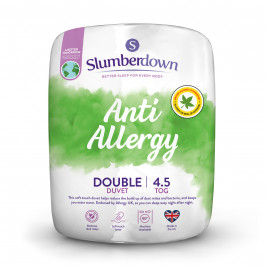
Slumberdown Anti Allergy 4.5 Tog Double Summer Duvet
£19.00
Shop Now -

Slumberdown Anti Allergy Firm Pillows, 2 Pack
£17.00
Shop Now -

Slumberdown Feels Like Down Duvet 13.5 Tog King Size Winter Duvet With 2 Pillows
£35.00
Shop Now


